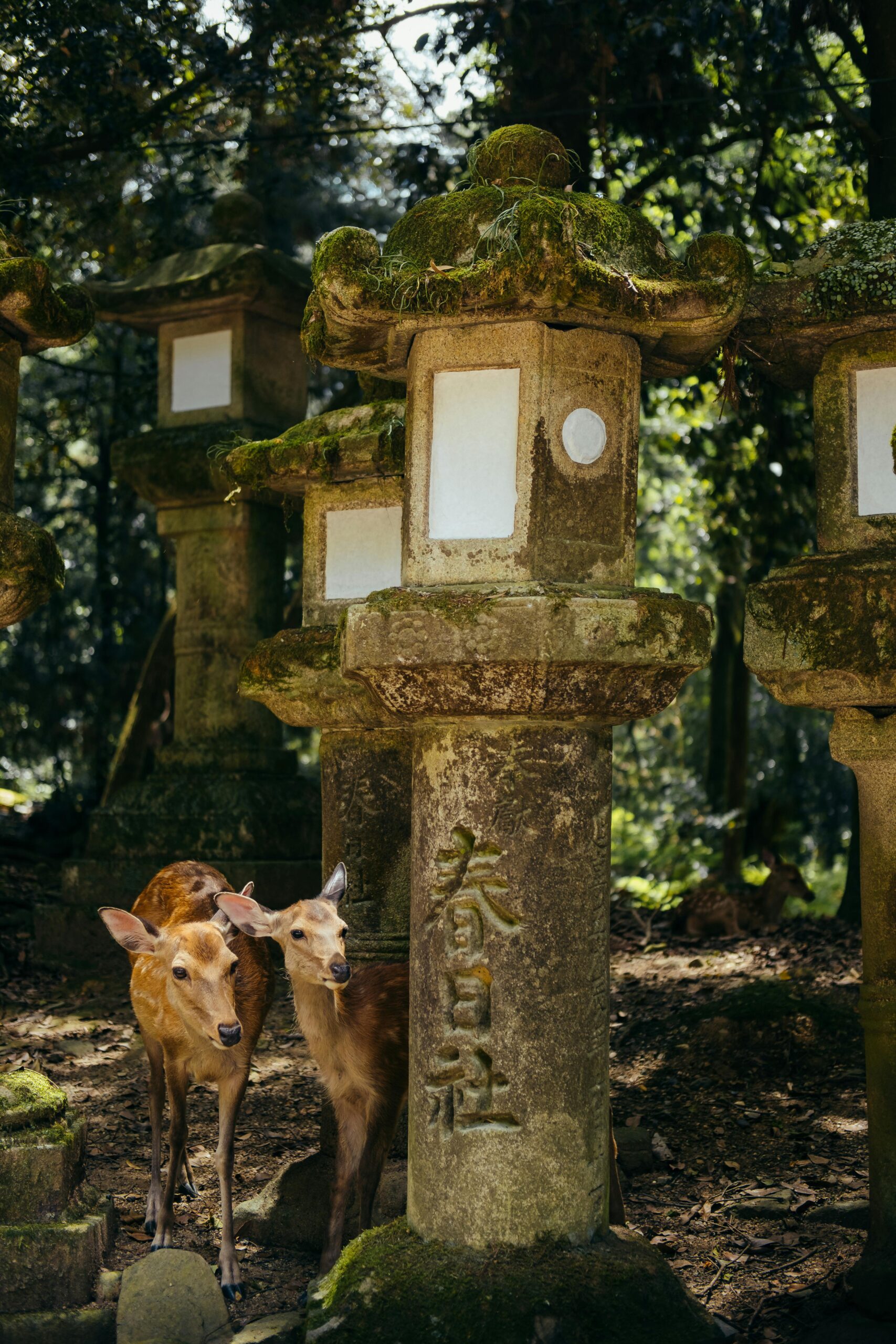Discovering Nara: Japan’s Ancient Cradle of Culture
Nestled in the Kansai region of Japan, Nara stands as a timeless testament to the country’s rich cultural and spiritual heritage. Founded in 710 as Japan’s first permanent capital, Heijō-kyō, Nara is a treasure trove of UNESCO World Heritage Sites, ancient temples, and serene landscapes. Beyond its historical significance, the city is renowned for its sacred deer, which roam freely as symbols of divine messengers. This article delves into Nara’s profound legacy, exploring its role in shaping Japanese Buddhism, its architectural marvels, and the delicate balance between preservation and modernity. Whether you’re a history enthusiast or a curious traveler, Nara offers a journey through time, where tradition and nature coexist harmoniously.
The Birthplace of Japanese Buddhism
Nara’s establishment as the capital marked the dawn of a new era in Japanese Buddhism. Emperor Shōmu, a devout Buddhist, commissioned the construction of Todai-ji Temple in 752, home to the colossal Daibutsu (Great Buddha) statue—a 15-meter-tall bronze masterpiece. This temple became the head of all provincial Buddhist monasteries, cementing Nara as the spiritual heart of Japan. The city’s layout, modeled after Chang’an (modern Xi’an), reflected Buddhist cosmology, with Todai-ji at its center. Monks and scholars flocked here, fostering exchanges with China and Korea that enriched Japan’s religious and artistic traditions. Even today, rituals like the Omizutori festival at Nigatsu-do Hall connect modern visitors to ancient practices.
Sacred Deer: Guardians of Tradition
Nara’s iconic deer are more than just photogenic residents—they are deeply woven into the city’s identity. According to legend, the god Takemikazuchi arrived in Nara on a white deer to protect the newly built Kasuga Taisha Shrine. Since then, deer have been revered as shinroku (divine beasts). Protected by law since the 17th century, these animals symbolize the harmony between humans and nature. Visitors can interact with them in Nara Park, where over 1,000 deer roam freely. However, their preservation requires careful management, as urbanization and tourism pressures challenge their habitat. Efforts like designated feeding zones and education campaigns highlight Nara’s commitment to safeguarding this living heritage.
Architectural Wonders Beyond Todai-ji
While Todai-ji dominates Nara’s skyline, the city boasts other architectural gems. Kasuga Taisha Shrine, with its thousands of bronze and stone lanterns, exemplifies Shinto’s integration with nature. The shrine’s vermilion pillars and moss-covered stone paths evoke an ethereal atmosphere. Meanwhile, Horyu-ji Temple, located just outside Nara, houses the world’s oldest surviving wooden structures, dating back to the 7th century. These buildings showcase early Japanese carpentry techniques, such as asuka-zukuri style, which influenced later temple designs. Together, these sites illustrate Nara’s role as a crucible of architectural innovation, blending indigenous aesthetics with continental influences.
Preserving the Past in a Modern World
Nara faces the delicate task of preserving its heritage while adapting to contemporary needs. Strict conservation laws protect historic districts, limiting building heights and modern infrastructure. Organizations like the Nara National Research Institute for Cultural Properties employ cutting-edge technology to restore artifacts and monitor environmental impacts. Yet, challenges persist: aging populations in rural areas threaten traditional craftsmanship, while overtourism strains fragile sites. Initiatives like the Nara Visitor Center and seasonal events—such as cherry blossom viewings at Yoshino—aim to distribute tourist traffic sustainably. By embracing both tradition and innovation, Nara remains a living museum, inviting the world to witness Japan’s enduring legacy.
Conclusion: Nara’s Eternal Allure
Nara is more than a relic of the past—it is a vibrant dialogue between history and the present. From the awe-inspiring Daibutsu to the gentle deer that greet visitors, the city embodies Japan’s spiritual and cultural roots. Its temples and shrines are not static monuments but active spaces of worship and community. As globalization accelerates, Nara’s commitment to preservation offers lessons in balancing progress with respect for heritage. For travelers, a visit to Nara is not just a step back in time but an invitation to reflect on humanity’s shared legacy. In this ancient capital, every stone, statue, and sacred deer whispers stories of a civilization that continues to inspire.
